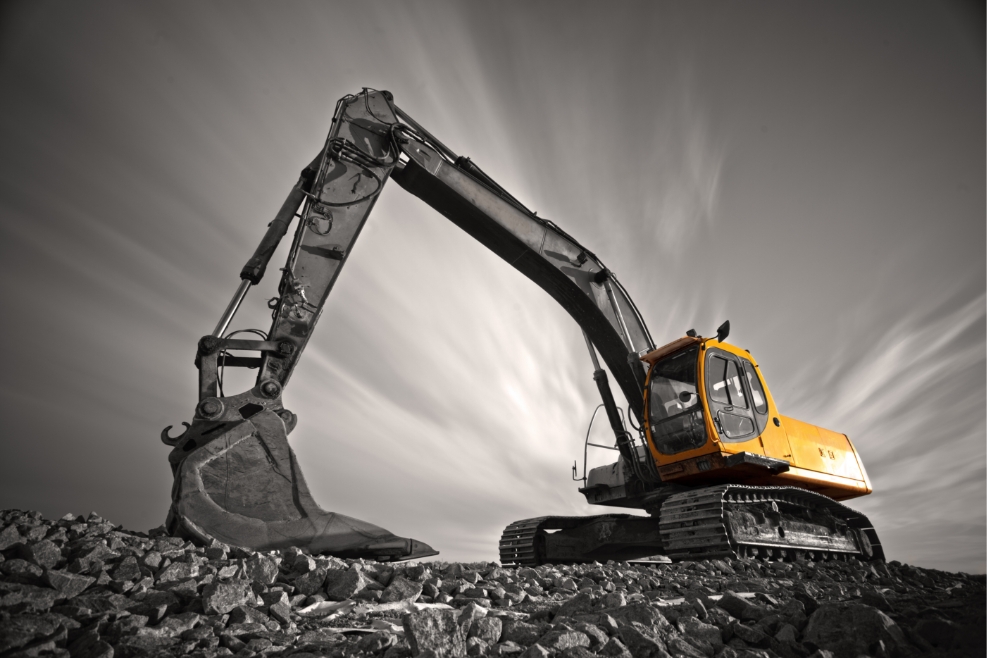What You Need to Know About the Open-Cut Excavation Method

From sloped open cuts that don’t need retaining walls to cantilevered cuts that require them, open-cut methods can be the most cost-effective basement construction methods, especially when working with dense, sturdy soil. They also offer vast possibilities to property owners, builders, and architects.
This article will define the open-cut excavation method, its two types, its pros and cons, and when to use it.
Defining the Open-Cut Excavation Method
Open-cut excavation is the first step in any construction process, where excavators extract massive chunks of land from a worksite to establish a building’s foundation or basement.
Some buildings employ the top-down construction method that begins with vertical cuts for foundation walls and an upward build, and the contractors build the basement later. Meanwhile, open-cut methods excavate the basement first, and the rest of the building follows.
2 Types of Open-Cut Methods
There are two main types of open-cut excavation methods: slope and cantilevered. Let’s differentiate between the two:
This method is a cost-effective way to excavate a basement, where a machine digs out the surrounding earth surrounding the building’s foundation walls. The excavator lays it on a slope running up the area’s sides, starting at ground level from the building down to the foundation’s base. The slope’s natural properties reduce the need for retaining walls.
Like slope excavations, cantilevered excavations start with digging soil before construction. However, cantilevered processes must retain walls for deeper basements. They also prevent groundwater from flooding the sites. However, it’s more time-consuming and expensive.
The Pros of Open-Cut Methods
Unlike other basement excavation methods, the open-cut offers several clear advantages.
You can combine this method with anchors or braces to establish more significant buildings with multi-level basements. Open-cut slopes only work on shallow basements for relatively low buildings, while cantilevered open-cuts are flexible.
Excavating your basement is expensive, but you can save more money with open-cut slope methods since they only need the most uncomplicated structural engineering forms. That way, you don’t need to spend on pricey retaining walls.
Thanks to the cut and cover method, you can also easily cover up a hole.
The Cons of the Open-Cut Methods
While the open-cut method is more cost-effective and versatile, it also has drawbacks.
The first step to building a facility is excavating the target land. However, not all land plots are suitable for this method. Facilities on slopes may need an anchor and creative foundation system to secure them properly.
Some sites may have high water tables and need comprehensive systems to prevent groundwater from seeping into the foundation. The open-cut slope methods are unacceptable for these cases, and even the cantilevered process can’t help. Fortunately, structural engineers and excavation specialists can identify the appropriate excavation style for regions with enough groundwater.
While urban commercial developers usually favor simultaneous and speedy top-down constructions, it’s more complicated and can exceed homeowners’ budgets.
When to Use It
Open-cut slopes are simple and cost-effective methods that work best for one or two-story buildings with shallow basements. They also protect your home’s foundation from collapsing surrounding soil.
On the other hand, open-cut cantilevered methods are ideal for taller buildings with deeper foundations and multi-level basements, thanks to the retaining walls.
Digging Deep for a Firm Foundation
The first step to building a solid firm is digging out the earth to establish a foundation. Open-excavation methods are cost-effective procedures to help start your construction project. However, they can also cause groundwater issues and are unsuitable for all land types. Consulting with experts before beginning can ensure that you use the correct method for your facility.
With over 30 years of experience, DL Nagel Excavating offers superior excavating services in Southeast Alberta and Southeast Saskatchewan. Contact us now to start digging a solid foundation today!